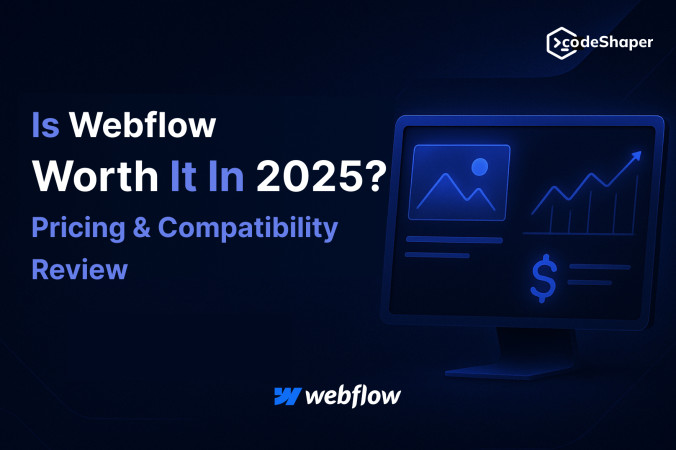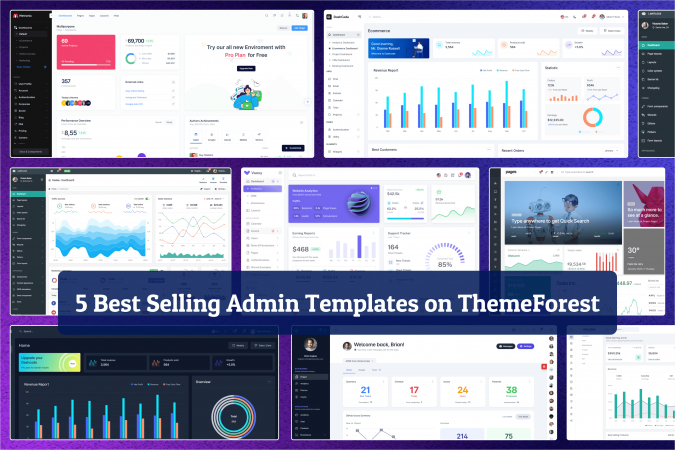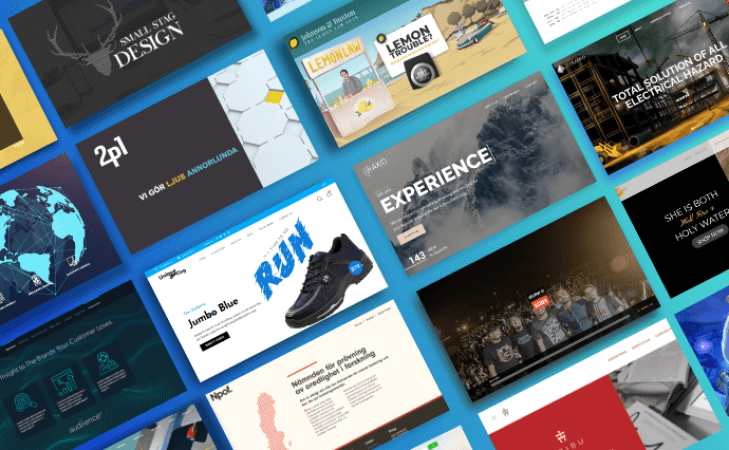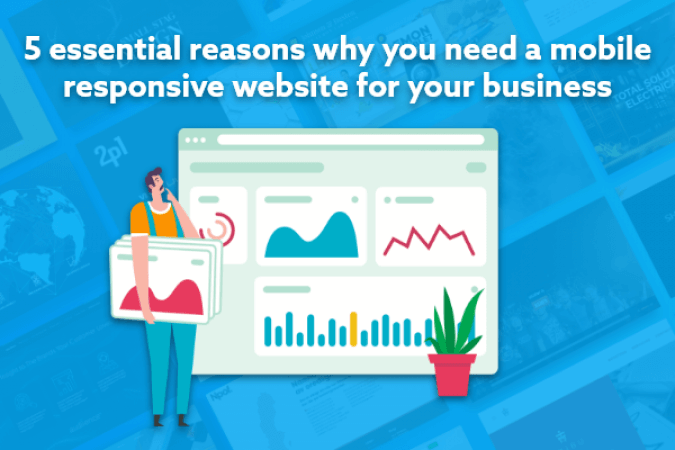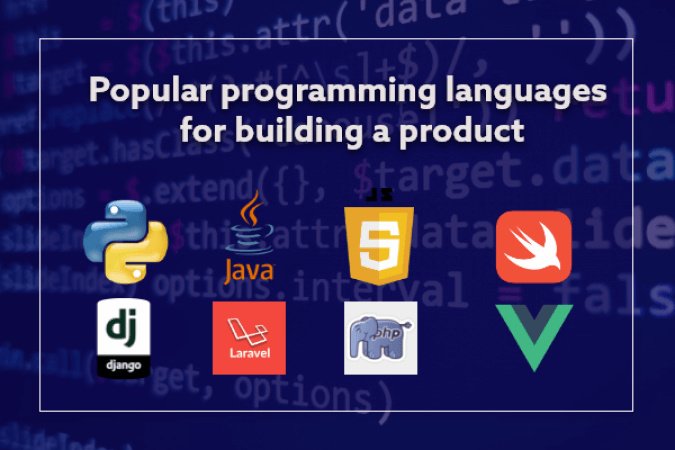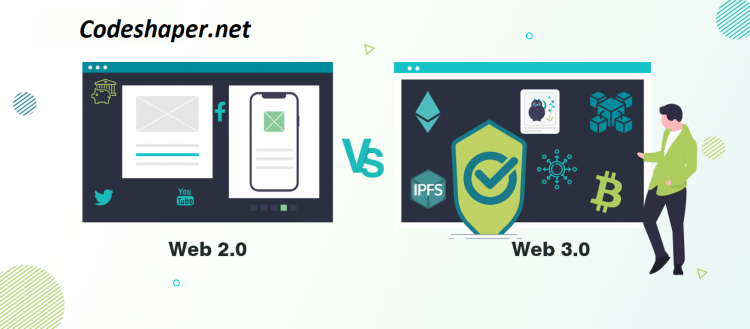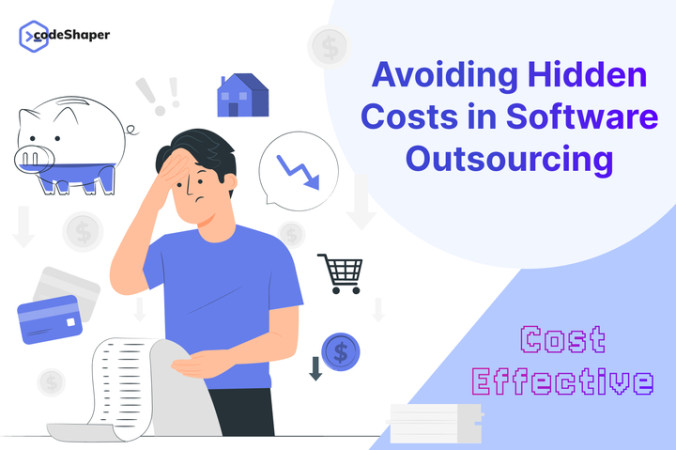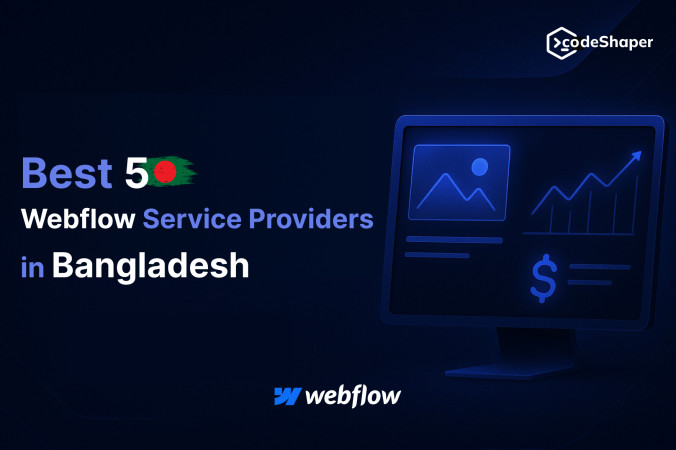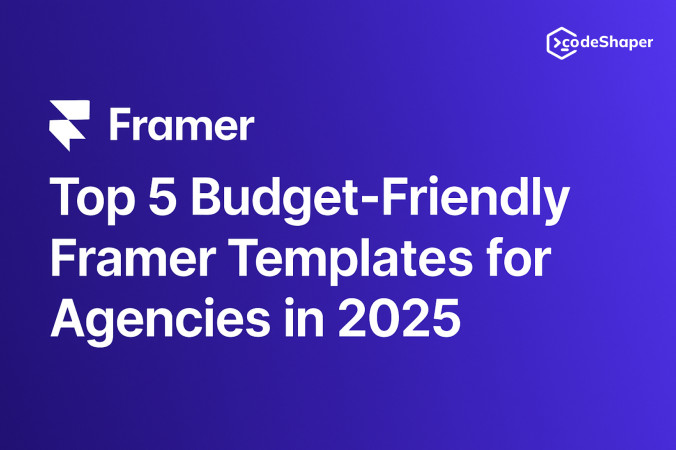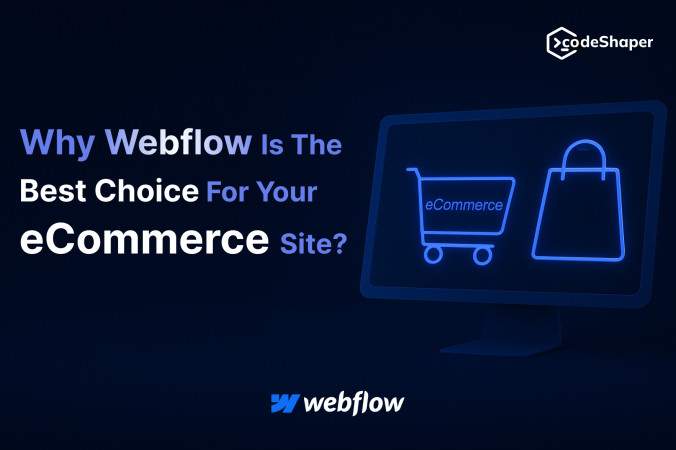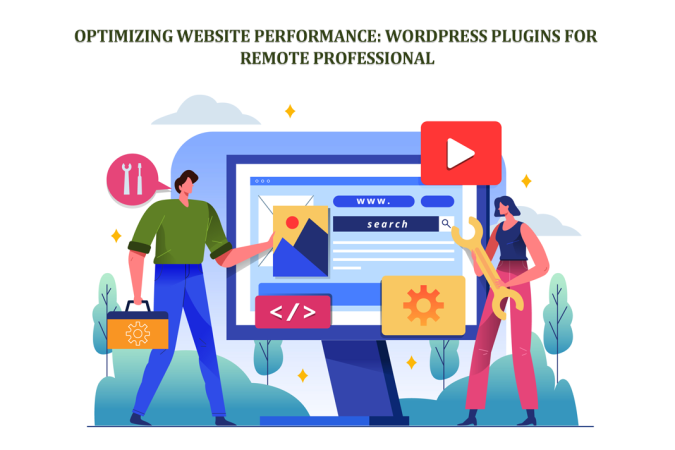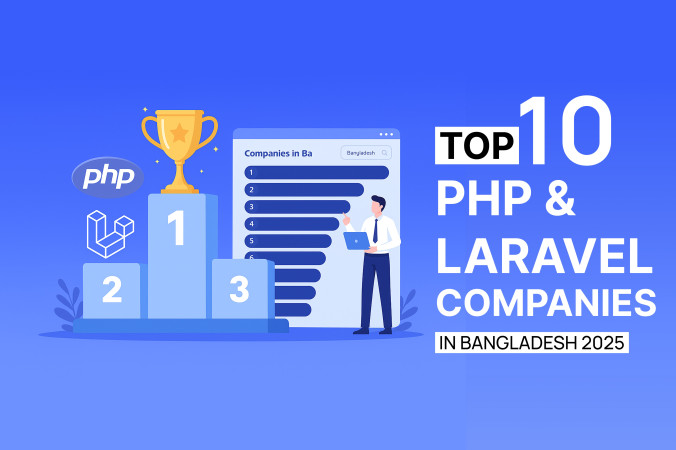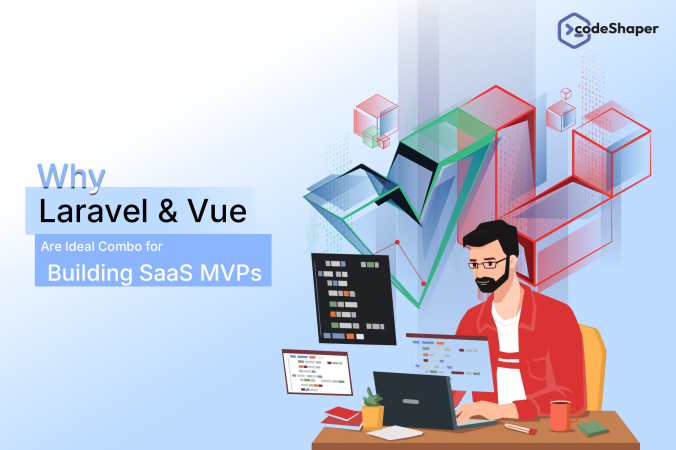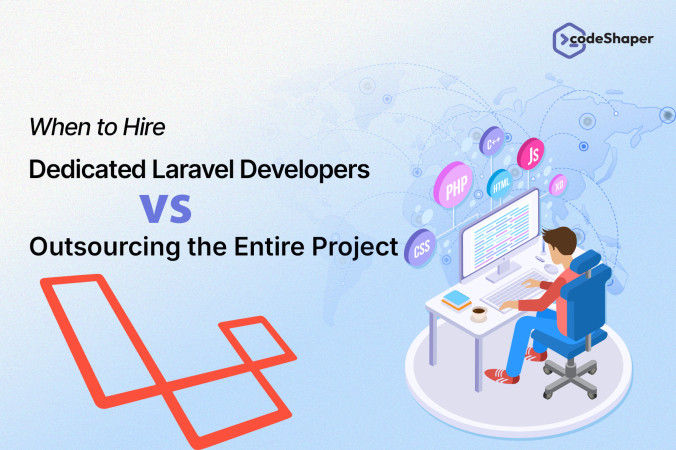Webflow is a popular and powerful web-based drag-and-drop website creation platform and content management system (CMS). It simplifies creating simple or complex website designs without requiring extensive coding knowledge.
Webflow is used by 0.6% of the top 10 million websites. It is cloud-based software with a software-as-a-service (SAAS) design tool that runs in a web browser and requires a monthly or annual subscription fee. If you value design and ease of use, Webflow may be a better choice.
The no-code website builder tools market is expected to grow exponentially, reaching more than $17.6 billion by 2026. Webflow has a 1.58% share of the development tools market. This tool enables non-technical individuals and businesses to create professional-looking websites without requiring programming knowledge.
If you build a website in 2025 with Webflow, you must analyze the key features, compatibility, and pricing. This article will explore all features, pros, and cons, including pricing, scalability, hosting, and more. So you can make informed decisions about your company's website.
What is Webflow?
Webflow offers an advanced, design-driven approach that is ideal for visual creators. This website-building platform offers higher-level design flexibility and a no-code development approach for those who want precise control over the visual approach of their visually impressive website. Webflow automatically generates HTML, CSS, and JavaScript for designers.
Webflow has been in operation for over 12 years and has a large, loyal user base as a visual website builder. In 2025, more than 70,812 companies will start using Webflow as a development tool, with 3.5 million designers and 400+ teams using its platform across 190 countries. Over the last three years, webflow usage has grown at an average rate of 15.48%.
This platform is ideal for working in a visual environment. Its SaaS-based hosting software allows users to create websites without worrying about server management. It's a premium service with hosting solutions, making it ideal for users who manage both design and hosting from the same platform.
According to an April 2024 study, Workflow has a global community of more than 85,000 designers and developers who can be reached through websites and provide helpful resources for learning, collaboration, and support.
Webflow lets you create a website and link it to your domain name. You can also download your website's files and host them on another platform if necessary.
Is Webflow a CMS?
Webflow is a full-featured Content Management System (CMS) designed for designers and marketers. It includes built-in hosting, built-in SEO tools, and dynamic content support that does not require any plugins.
The rise of headless CMS platforms increases flexibility and scalability. Webflow is gaining popularity as a cloud-based, no-code website builder that is convenient and affordable. It is an all-in-one platform that includes a content management system (CMS) and does not require any external plugins.
In the global web development landscape for 2025, Webflow holds approximately 1.1% market share of all websites and 1.0% of those that use content management systems (CMS). According to The Forrester Wave™: Content Management Systems, Q1 2025, Webflow was named a Strong Performer.
The increasing trend of digital platforms and the growing demand for user-friendly website development tools drive market growth. The availability of a wide range of templates and drag-and-drop functionality makes no-code website builders accessible to individuals and businesses with limited technical expertise.
Webflow Pricing In 2025
Pricing is one of the main factors when choosing an ideal platform for your website or online store.
Webflow allows you to build your first site for free. A free plan offers you most of the platform features and free hosting on the webflow.io domain. They provide four types of paid plans: a free plan, a starter plan, a site plan, and a workspace plan.
When you are ready to launch your website on your custom domain, you can choose one of 4 site plans:
Basic: Best for deploying a simple site ($14 /month).
CMS: Best for the content-driven sites ($23 /month).
Business: Best for high-traffic sites ($39 /month).
Enterprise: Best for enterprise-level sites (custom).
With the starter plan, you can create and publish two websites with limited features, hosted on a Webflow domain.
The cost of a site plan varies depending on the type of plan you want to create using your domain. This price started at $14 monthly, while the e-commerce plan started at $29 monthly.
On the other hand, the workspace plan allows you to include team members in the plan. This plan is divided into two parts: a team plan and one for freelancers and agencies. Both types offer a free starter plan. The workplace plan allows you to create unlimited websites, but when publishing them, you must choose a premium site plan.
Key features of Webflow
Design & Visual Editor
Webflow stands out for its design-centric experience. You can create your website or online store using a drag-and-drop interface, write content, and design layouts with a live preview. It includes several templates with advanced design features that you can customize in the visual editor.
This platform is ideal for non-coders who want complete control over their business website while providing an excellent visual experience. It includes a clean dashboard for developers and designers.
Pros:
- Easy-to-use.
- Customize with a visual builder.
- No need for additional themes or plugins.
- Quick learning steps for non-coders.
- Advanced design features.
Cons:
- Advanced design features may not be beginner-friendly at first.
- The scope of custom code integration is limited.
Hosting & Scalability
Webflow stands out for creating and managing websites for small to medium-sized businesses. Because of its visual interface and flexible custom design. It allows you to create responsive, mobile-friendly websites without coding, which is ideal for small and medium-sized business owners.
It's designed for portfolios, service-based businesses, and startups that want advanced visual design experience, high performance, and SEO capabilities without the hassle of custom coding.
Pros:
- Suitable for medium-sized businesses or startups.
- Hosting is fast-loading and scalable.
Cons:
- Limitations for enterprise-scale websites with complex needs.
CMS & Template Customization
Webflow offers dozens of free and paid templates, allowing you complete control over your website design. It's the best combination of design tools and CMS. It offers the ability to personalize layouts and integrations. Every website design can be mobile-responsive, meaning it works on any device.
Webflow allows designers and developers to fine-tune website elements such as fonts, grids, margins, and padding. It even supports custom animations, which are not possible without coding knowledge. Hiring a Webflow agency is the best option for this.
Pros:
- Full creative control over designs.
- Advanced animations and interactions.
- Built-in, customizable CMS.
Cons:
- Limited plugin or third-party app ecosystem.
- Custom code options are more limited.
SEO Tools & Performance
Webflow includes built-in SEO tools for managing meta tags, alt text, and page structure that do not require a plugin. It’s clean code, and automated sitemap generation allows your website to perform well in search engines.
Webflow also provides the fastest site loading and native hosting on AWS, which impacts Search Engine rankings. It also provides 301 redirect options, which make it simple to move blog posts to a new location.
Pros:
- Easy-to-use SEO tools.
- Fast-loading websites with integrated hosting.
- Automatic sitemap generation and custom robot.text file.
Cons:
- Limited flexibility with third-party SEO tools.
Add-ons & Integrations
Webflow uses a limited number of third-party services. Furthermore, integration may necessitate a learning curve for most of those tools. Custom use of those tools requires JavaScript snippet experience for your Webflow project.
The disadvantage is that switching hosting providers may cause the Webflow websites to fail. However, you may find it challenging to work with new hosting services.
Pros:
-Some integration works out of the box.
Cons:
-Limited third-party tools.
-Custom use needs a learning curve.
Webflow Compatibility in 2025
Webflow prioritizes cross-browser compatibility, officially supporting the last three major versions of all modern browsers, including Chrome, Edge, Firefox, and Safari, to ensure industry-standard features are correctly rendered.
Here's an in-depth look at Webflow's cross-browser testing and compatibility:
Modern Browser Support:
Webflow supports the most recent versions of popular browsers like Chrome, Edge, Firefox, and Safari. All of those browsers are unique and produce different results. But you don't have to be concerned about the default typography, speed, CSS elements, browser version, or bug-related issues when using the Webflow platform.
Industry Standard Features:
Webflow websites are designed to support all industry-standard features found in modern web technologies (such as HTML, CSS, and JavaScript), including interaction and 3D transforms. Users can take advantage of modern browser features and capabilities.
No Internet Explorer (IE11) Support:
Webflow no longer tests new features for Internet Explorer 11 (IE11) compatibility, as Microsoft's official support ended on June 15, 2022. Furthermore, they do not guarantee that new features will be rendered for future site visitors using IE11.
Cross-Browser Testing:
Webflow allows you to design and test cross-browser compatibility manually or automatically, reducing the need for post-design testing and bug fixes. The most popular cross-browser testing tools, Browserling and Ranorex, also provide manual and automatic testing options. Webflow cross-browser testing determines how the website appears in different browsers and ensures that your audiences have a similar experience as you design for them.
HTTP/2 and HTTP/3 Support:
HTTP/2 and HTTP/3 support are advancements in web communication protocols that increase performance while reducing limitations. Webflow provides powerful hosting that supports HTTP/2 and HTTP/3 standards, allowing for secure and fast website loading.
Global Infrastructure:
Webflow hosting is powered by Amazon Web Services (AWS) and Cloudflare, ensuring a global infrastructure and fast content delivery.
Cross-Device Compatibility Templates:
Webflow offers HTML5 responsive website templates that are cross-device compatible with customization tools. These web-based design tools and site builders enable you to create responsive websites that work across multiple screen sizes and devices.
Export Code:
Webflow allows you to export your Webflow site content as a zip file and integrate it with other systems, or you can customize it.
Webflow remains the top choice in 2025 for businesses, freelancers, and designers looking for a visually driven, no-code website-building experience. With advanced design tools, built-in SEO features, scalable hosting, and responsive templates, Webflow provides a powerful all-in-one web-based solution.


